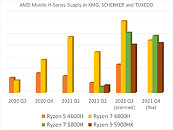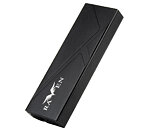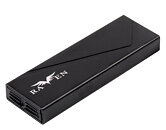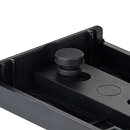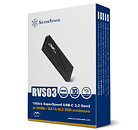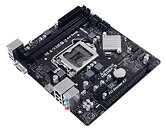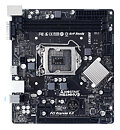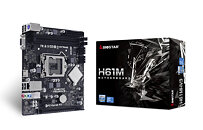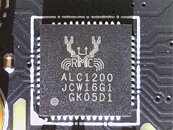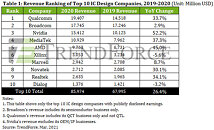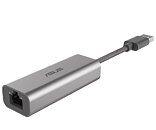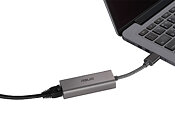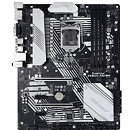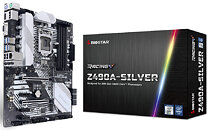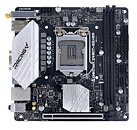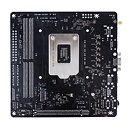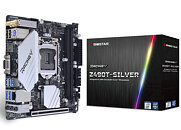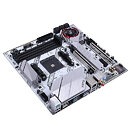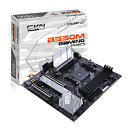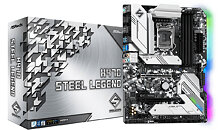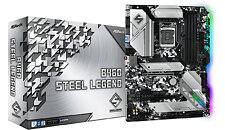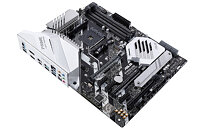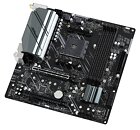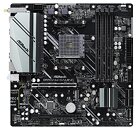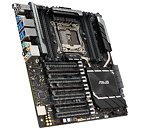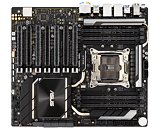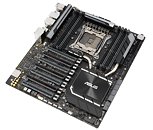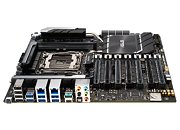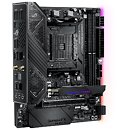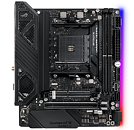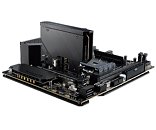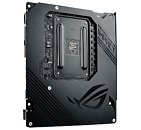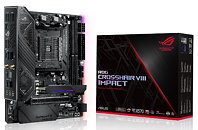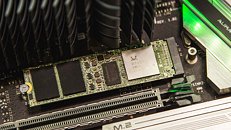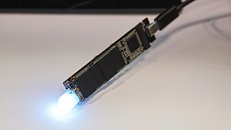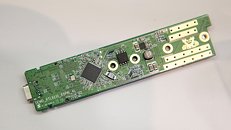
Most of Gigabyte's Intel Z690 Motherboards Only Features Two Audio Jacks
Although we're going to try and cover all the newly launched Intel Z690 based motherboards more thoroughly before the retail availability date, we had a quick look already on what's on offer and we were struck by something rather odd when it comes to Gigabyte, most of their new boards only have two 3.5 mm audio jacks around the back. This is not limited to their cheaper SKUs, but is found through the entire product stack.
We're not entirely sure what's going on here and will check with Gigabyte once someone is awake that we can talk to about it, but we're fairly certain that this is going to cause a bit of a backlash from their customers. This was actually something we kind of saw in the leaked image of one of the Aero boards, as it didn't look like it had any audio jacks at all, but that wasn't the case. Instead, it seems to have something to do with Gigabyte's move away from the Realtek ALC1220 Intel HD audio based codecs that the company have been using for the past few generations of boards.
We're not entirely sure what's going on here and will check with Gigabyte once someone is awake that we can talk to about it, but we're fairly certain that this is going to cause a bit of a backlash from their customers. This was actually something we kind of saw in the leaked image of one of the Aero boards, as it didn't look like it had any audio jacks at all, but that wasn't the case. Instead, it seems to have something to do with Gigabyte's move away from the Realtek ALC1220 Intel HD audio based codecs that the company have been using for the past few generations of boards.









